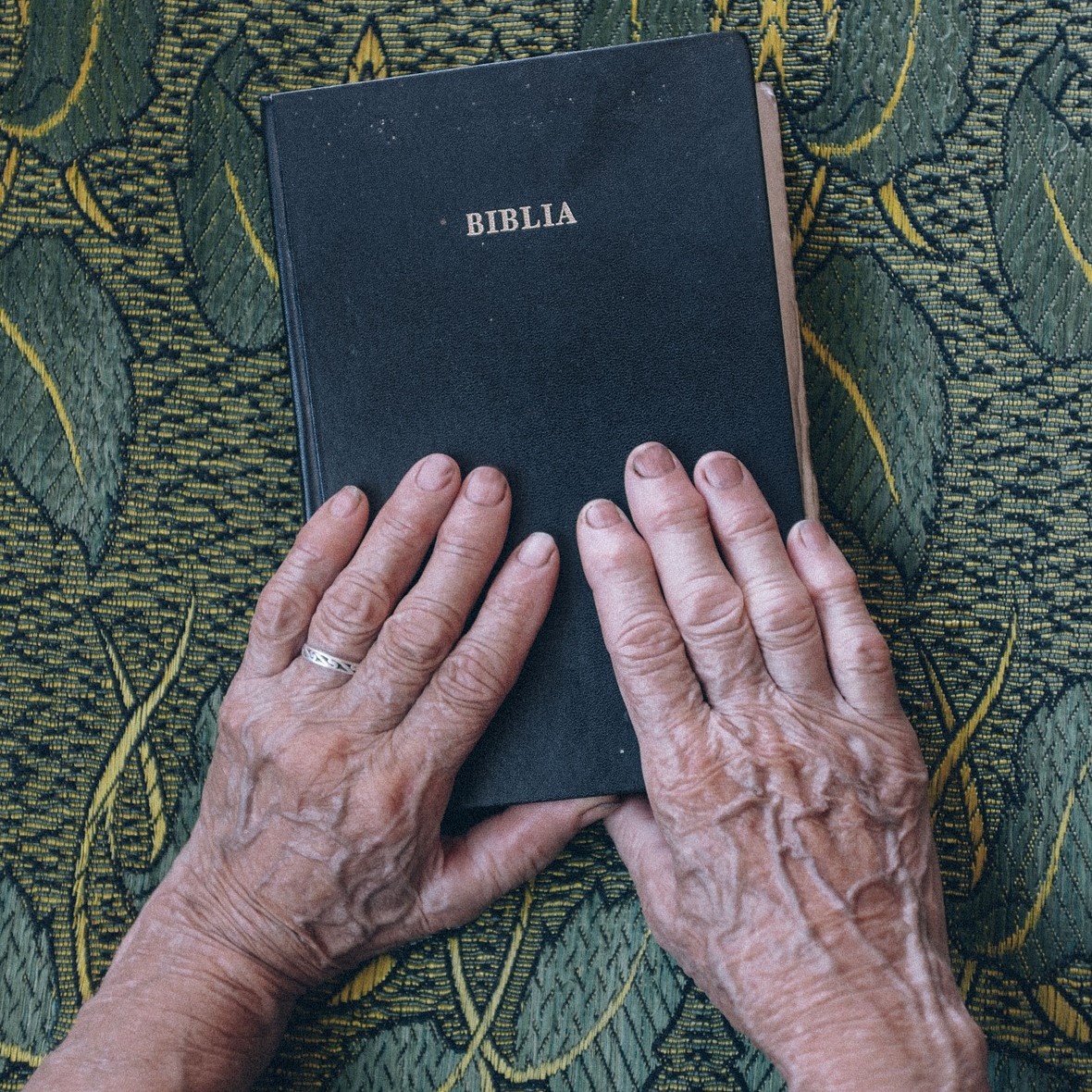Religiosity, physical and functional health in older people in Chile
Keywords:
Aged, quality of life, family relations, functional status, health promotion, religion, social support, health behavior, life expectancyMain Article Content
Objective
To establish the association between different dimensions of religiosity - organizational, non-organizational, and intrinsic - and indicators of physical and functional health in older people in Chile.
Methods
Data from the Fifth Survey on Quality of Life in Old Age 2019 were used. Descriptive and explanatory analyses were performed using logistic, linear and multinomial regression models, with dependent variables being self-perception of health, functional dependence, number of chronic diseases, and perception of health compared with other people of the same age. As predictors, indicators of the three dimensions of religiosity (DUREL Scale) were included, additionally controlling for the MOS-SS Social Support Scale, Apgar Family Functioning Scale, educational level, gender, age, and marital status.
Results
Almost a third of older Chileans attend religious services frequently, and half of them pray frequently. On a range of 1 to 5, the mean intrinsic religiosity is 3.94. 46% perceive their health to be good/very good and about half perceive their health to be better than their peers. From 0 to 5, the mean number of chronic diseases is 1.69. 6% are classified as functionally dependent. The only significant relationship observed was between religious attendance and a lower probability of presenting functional dependency; on the other hand, praying increases such probabilities, as well as a relationship between attendance and a better perception of health in comparison with other people of the same age.
Conclusion
Organizational religiosity is a psychosocial resource that is positively associated with the process of successful aging
Downloads

This work is licensed under a Creative Commons Attribution-NonCommercial 4.0 International License.
The copy rights of the articles published in Colombia Médica belong to the Universidad del Valle. The contents of the articles that appear in the Journal are exclusively the responsibility of the authors and do not necessarily reflect the opinions of the Editorial Committee of the Journal. It is allowed to reproduce the material published in Colombia Médica without prior authorization for non-commercial use


 https://orcid.org/0000-0001-5400-3168
https://orcid.org/0000-0001-5400-3168